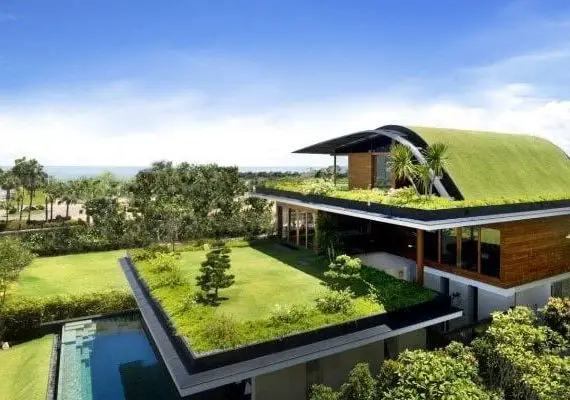What Is Garden Trellis? (Purpose and Uses Of Garden Trellis)
What Is Garden Trellis?
A garden trellis is a practical and decorative structure that helps plants grow upwards in support. It usually has an open-framework design, enabling the stems of plants to climb, while providing necessary light and air circulation.
Trellises are commonly made from materials such as wood, wire, metal, or plastic and can be used to add protection to young plants or extra privacy in an outdoor space.
Additionally, trellises can serve as a beautiful accent feature in any garden setting, making them a great addition to both indoor and outdoor spaces.
What Are The Benefits Of A Trellis?
Trellises offer a range of benefits to gardeners, including allowing for more sunlight exposure, allowing pollinators to easily access the area, reducing exposure to fungal diseases, increasing air circulation, deterring insects and pests, and creating more space in your garden.
- Trellises increase the amount of sunlight that plants receive, which aids in photosynthesis. 2. Pollinators may use the trellis as a simple way to move from plant to plant when looking for nectar or pollen.
- Increasing airflow around the plants makes them less likely to suffer from fungal diseases like powdery mildew.
- Insects or other pests may be deterred as trellises make it difficult for them to gain access without coming into contact with any deterrents you might have included on your trellises, such as sticky fly strips.
- Lastly, trellises can help create more space in your garden by adding height between growing plants.
What Is A Garden Trellis Used For?
A garden trellis is a structure often used in vegetable gardens to support growing plants, such as peas, beans, squash, melons, and cucumbers. Many plants benefit from being supported with a trellis or cage as it enables them to climb and produces straighter, cleaner fruit.
Trellises can also be used for decorative purposes in the garden by providing aesthetically pleasing structures that look good when adorned with vines or flowering plants.
What Are The Types Of Trellis?
Several types of trellises can be used to provide support for plants while also providing visual interest in a garden.
- Pergolas offer the most advanced form of structure and are usually square or rectangular designs that provide partial shade.
- Lattice trellis is an open-grid design that plants cling to for support.
- Wooden trellises come in various shapes and sizes and often feature intricate latticework.
- Wire trellis use woven wires to create a frame-like support system for growing vines.
- Wall trellises are exactly what they sound like; sections of wall reinforced with sturdy frames on which plants can grow.
- Bamboo trellises provide an eco-friendly way to create a framework for climbing plants.
- An arbor trellis is a type of multi-level structure creating an archway at the top – perfect for entry into your outdoor space.
What Is A Trellis In The Landscape?
Trellis is a popular landscape feature that gives height and structure to outdoor spaces. It consists of a vertical framework made from long, narrow wood or metal slats which are often arranged to create a square or diamond-shaped pattern.
Trellis is most commonly used for training trees and other climbing plants, giving them an attractive architectural look that can be used as a stunning backdrop for flower beds and garden seating areas.
It also provides shade from the sun and wind, helping protect delicate plants from harsh weather conditions. Whether using treated wood or metal trellis designs, it is important to check for rot and rust over time to ensure that your trellis remains structurally sound for years.
What Type Of Trellis Is Best?
Lattice trellis panels are the best type of trellis to use if you’re looking for added privacy without blocking out natural light or installing a solid fence panel.
Smaller-sized lattice trellis panels are ideal as they can be used as attractive topper panels on top of existing fence structures, creating a decorative and secure layer that still allows light to pass through.
Additionally, they can also be used alone as a standalone structure in gardens or other outdoor spaces. They are easy to install and require very little maintenance, making them an excellent choice for adding style and security to your outdoor space.

